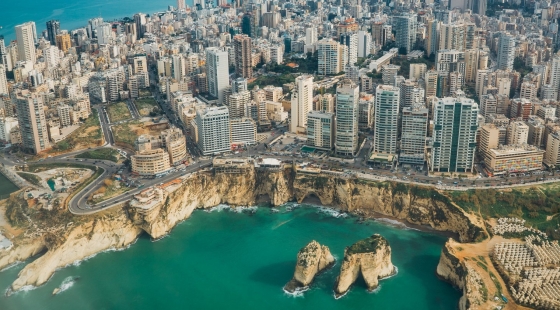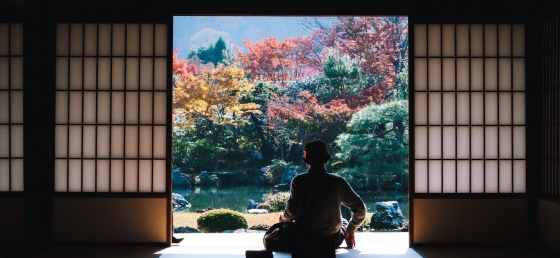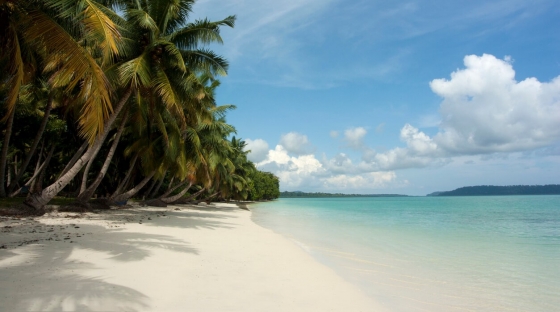Jbeil Temperatures: Monthly Averages and Year-Round Insights
On this page, weãll explore Jbeilãs temperature statistics in detail, including day and night variations and monthly averages. Weãll also compare the annual temperature to other cities in Lebanon.
Monthly Temperature Averages
The climate in Jbeil is dynamic, ranging widely from moderate in winter to comfortable in summer. Average maximum daytime temperatures range from a comfortable 29ô¯C in August, the warmest time of the year, to a moderate 14ô¯C during cooler months like January. At night, minimum temperatures typically average around 8ô¯C during these months.
The chart below illustrates the average maximum day and minimum night temperatures in Jbeil by month:
The early hours of 4 AM to 6 AM often see the lowest temperatures, while 3 PM marks the peak of the dayãs heat as the sunãs impact is strongest. August, the cityãs warmest month, boasts 333 hours of sunshine.
The chart below shows the average temperature throughout the year:
January, the cityãs coldest month, sees about 148 mm of rainfall spread over roughly 15 days. It records 133 hours of sunshine of sunshine.
Annual Temperatures in Lebanon Compared
The map below shows the annual temperature across Lebanon. You can also select the different months in case you are interested in a specific month.
 very warm
very warm
 warm
warm
 pleasant
pleasant
 moderate
moderate
 cold
cold
 very cold
very cold
Jbeil Temperatures Compared World Wide
Jbeilãs average annual maximum temperature is 22ô¯C. Letãs compare this with some popular tourist destinations:
The city of Rome, Italy, has an average annual temperature of 20ô¯C, known for its sunny summers and comfortable winters.
Meanwhile, Queenstown, New Zealand, the average annual temperature is significantly lower at 10ô¯C, with mild summers and cold winters.
Meanwhile, Buenos Aires, Argentina, enjoys a humid subtropical climate with an average annual temperature of 23ô¯C, featuring hot summers and mild winters.
In Tokyo, Japan, the average annual temperature is 21ô¯C, expect warmer summers and milder winters.
How does the temperature feel?
Humidity is an essential factor in how you experience temperature. When a warm period is accompanied by high humidity, it results in a higher perceived temperature. This is especially true when temperatures exceed 25ô¯C, as it can cause greater discomfort.
In Jbeil, during the coolest month, January, you will experience 64% humidity, which is considered high. This is accompanied by an average maximum temperature of 14ô¯C. In the warmest month, August, the humidity is 71% combined with an average maximum temperature of 29ô¯C, which creates a high-feel temperature. Explore our detailed page on humidity levels for further details.
How are these Temperatures Measured?
Generally, temperature data depicting climate is usually given over a 30-year average in order to reduce short-term fluctuations and reveal better long-term trends in climate conditions.
This temperature data is taken from land-based thermometers, ocean buoys, ships, and satellites. These measurements are transmitted to weather stations and climate centers around the globe where they are processed, averaged, and analyzed in order to monitor the trends and create climate models.
Temperatures in the Mountains
Although not all regions have mountains, elevated areas exhibit distinct temperature variations.
- Sun Exposure: Sunlit slopes tend to be warmer, while shaded areas remain cooler.
- Altitude Effects: Temperatures drop by approximately 6ô¯C for every 1,000 meters of elevation, creating distinct microclimates.
For more detailed information about Jbeilãs weather, including monthly rainfall, sunshine hours, and humidity levels, visit our Jbeil climate page.
Current temperature in Jbeil
clear and no rain
partly cloudy and chance of rain
partly cloudy and no rain




